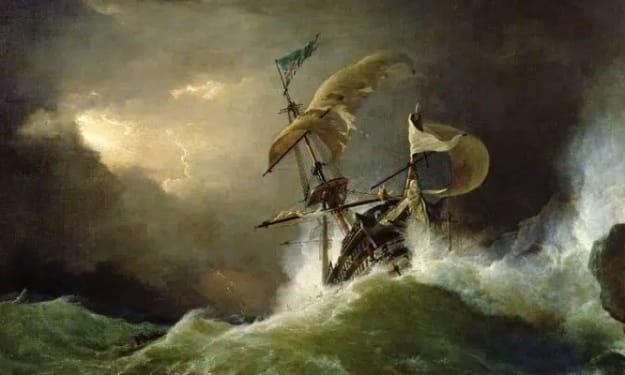Human Impact: Unveiling Earth's Most Dangerous Places
Exploring Chernobyl, Kawah Ijen, Norilsk, the Amazon, and the Aral Sea

As we traverse the wonders and perils of our planet, there exist places where human influence has etched danger into the very landscape. These places stand as stark reminders of our impact, both intentional and unintended, on the Earth we call home.
Imagine, if you will, the eerie silence of the Chernobyl Exclusion Zone in Ukraine. Once a thriving community, it now lies desolate and haunted by the ghosts of a catastrophic nuclear disaster. In 1986, the Chernobyl Nuclear Power Plant suffered a meltdown that released a deadly plume of radioactive material into the atmosphere. The aftermath was devastating, forcing the evacuation of thousands and leaving behind a landscape poisoned by radiation. Today, the abandoned buildings and rusting machinery serve as silent witnesses to the human cost of nuclear energy gone awry. The Chernobyl disaster stands as a chilling testament to the risks associated with nuclear power and the enduring consequences of human error.
Journey with me now to the heart of Indonesia, where the Kawah Ijen volcano looms large against the skyline. Amidst its rugged beauty lies a hidden peril. Deep within its crater lies a lake of turquoise-blue water, deceptively serene at first glance. Yet, this beauty masks a deadly secret. Kawah Ijen is one of the few places on Earth where miners venture into an active volcanic crater to extract sulfur. Each day, these miners endure toxic fumes that seep from the volcanic vents, risking their lives in pursuit of the elemental sulfur that lies within. The stark contrast between the ethereal beauty of the landscape and the harsh reality of its dangers paints a vivid picture of human resilience in the face of natural peril.
Closer to home, in the industrial heartland of Siberia, lies the city of Norilsk—a place where the pursuit of economic prosperity has left an indelible mark on the environment. Norilsk Nickel, the world's largest producer of nickel and palladium, has transformed this once-pristine landscape into one of the most polluted places on Earth. The air hangs heavy with sulfur dioxide and heavy metals, poisoning the land and its inhabitants. The consequences of unchecked industrialization are starkly evident here, as the landscape bears the scars of decades of environmental exploitation. The story of Norilsk serves as a stark warning about the cost of progress and the imperative of sustainable practices in our pursuit of economic growth.
Venture now into the heart of the Amazon rainforest, where illegal mining operations pose a grave threat to both the environment and human health. The allure of gold drives miners deeper into the jungle, where they strip away the natural vegetation and pollute rivers with mercury—a potent neurotoxin. The environmental devastation wrought by these activities is staggering, leading to widespread deforestation and the poisoning of wildlife and indigenous communities. The destruction of the Amazon rainforest, often referred to as the Earth's lungs, not only threatens biodiversity but also exacerbates climate change by releasing vast amounts of carbon stored in its trees. The plight of the Amazon serves as a stark reminder of our disregard for the delicate balance of ecosystems and the far-reaching consequences of our actions.
Lastly, consider the tragic tale of the Aral Sea in Central Asia—a once-thriving inland sea that has been reduced to a fraction of its former size due to decades of unsustainable water diversion projects. The Aral Sea basin, shared by Kazakhstan and Uzbekistan, has suffered immensely from agricultural practices that divert water from its tributary rivers for irrigation purposes. As a result, the sea has shrunk dramatically, leaving behind a barren wasteland choked with salt and toxic chemicals. The environmental, economic, and social consequences of the Aral Sea's decline are profound, affecting millions of people who depend on its waters for their livelihoods.
In conclusion, as we reflect on these dangerous places on Earth, let us not only acknowledge the challenges they present but also recognize our shared responsibility to safeguard our planet for future generations. The stories of Chernobyl, Kawah Ijen, Norilsk, the Amazon, and the Aral Sea serve as cautionary tales of the price we pay for progress and the importance of thoughtful stewardship of our natural resources. It is up to each of us to heed these warnings and strive for a more sustainable and harmonious coexistence with the Earth we call home.
About the Creator
Enjoyed the story? Support the Creator.
Subscribe for free to receive all their stories in your feed.






Comments
COS is not accepting comments at the moment
Want to show your support? Send them a one-off tip.